Nepal offers a traveller three choices: to come as an adventurer, a pilgrim or a mere tourist. For me, the first is already out of the question. Ten years ago, maybe I could still have managed a bit of adventure — but now? No way. Those days are behind me.
In Lumbini, our presence was clearly that of pilgrims. For myself and the rest of our Nandaka Vihara group, we had come to visit the sacred sites associated with the life of the Buddha. But here in Kathmandu, the tone of our trip shifted. We could now allow ourselves to act more like tourists.Our guide had already taken us into the heart of Thamel the evening before — that lively, colourful district packed with shops, cafés and restaurants. It was dinner and light shopping for us. I honestly can’t recall everything that Saw See bought — lots of soaps, I think — mostly as gifts for friends and relatives back home.
As for me, I had my eye on a singing bowl. It was quite something to see the sheer variety on offer: from small palm-sized bowls to enormous ones you could stand inside; from factory-made items to finely handcrafted pieces. I eventually settled on a five-inch handcrafted bowl which set me back NPR3,900. A fair deal, in my opinion. And tonight, we would be heading back to Thamel again for a second round of last-minute shopping before returning to the Gokarna Forest Resort.Even though we were now more tourists than pilgrims, temple visits remained firmly on our itinerary. This day was particularly packed. We had four major sites to cover: Swayambhunath Mahachaitya, Patan Durbar Square, the Golden Temple, and the Boudhanath Stupa. A tall order for one day — so best to get started!If the name Swayambhunath Mahachaitya is a bit of a tongue-twister, just call it by its more familiar name, the Monkey Temple, which is rather fitting, considering the number of monkeys roaming about freely. One has to be cautious, especially with food. These monkeys are bold and not the least bit shy. One of our group members lost her ice-cream in the blink of an eye, snatched away by a cheeky monkey who looked rather pleased with himself.
The temple complex itself is perched on a hilltop west of Kathmandu and is one of Nepal’s oldest religious sites, dating back to the fifth century. It’s also a UNESCO World Heritage Site and still very much a living place of devotion. Entry was NPR200 per person, and from there it was a climb, all 365 steps to the top. Along the way, sweeping views of Kathmandu unfolded before us. It was a lovely, breezy day, and the city looked calm from that height.And what a sight awaited us at the summit: the stupa, a grand white dome with a golden spire and Buddha’s all-seeing eyes gazing out in every direction. Flags in the Buddhist colours fluttered in the wind, and the air was filled with the scent of incense and the occasional chanting and accompanying bells. Surrounding the stupa were shrines, statues and rows of spinning prayer wheels. Souvenir stalls lined the walkways, selling everything from tiny Buddha statues to mandala coasters, prayer wheels, chunky bead bracelets and singing bowls. Bargaining was part of the fun — good-natured and expected.
Swayambhu Mahachaitya had everything: spirituality, scenery, shopping and cheeky monkeys. It’s a place where ancient tradition meets vibrant daily life. For all its colour, noise and movement, it still offered a feeling that stayed with you long after you’ve climbed back down those steps.





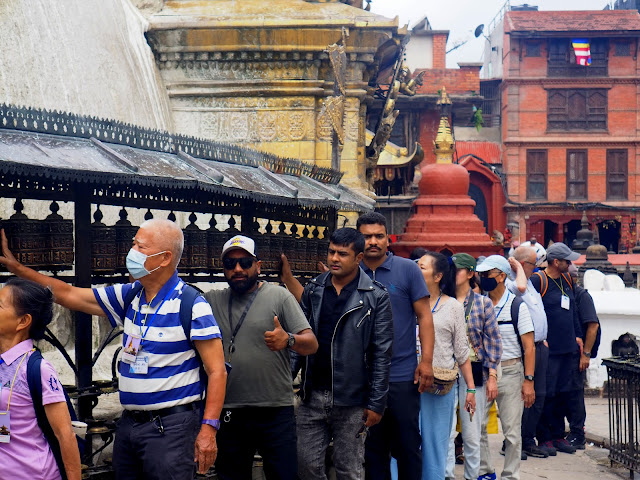



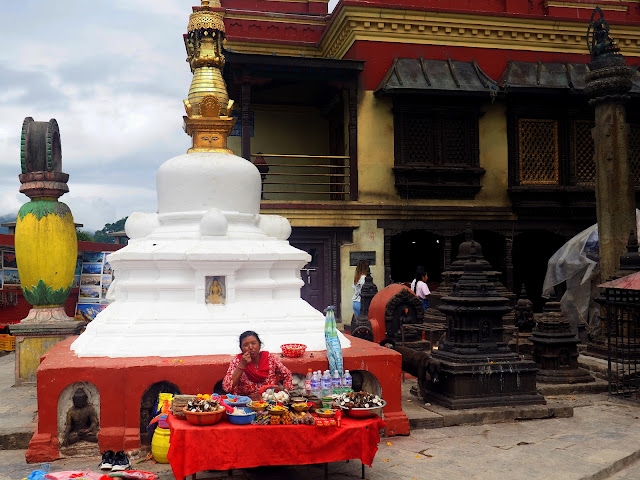
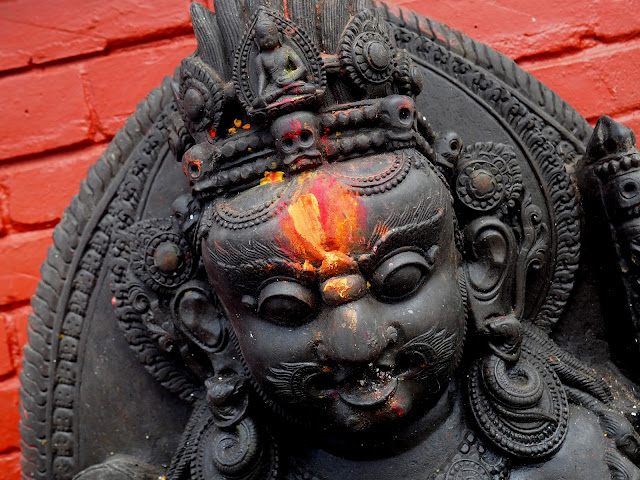


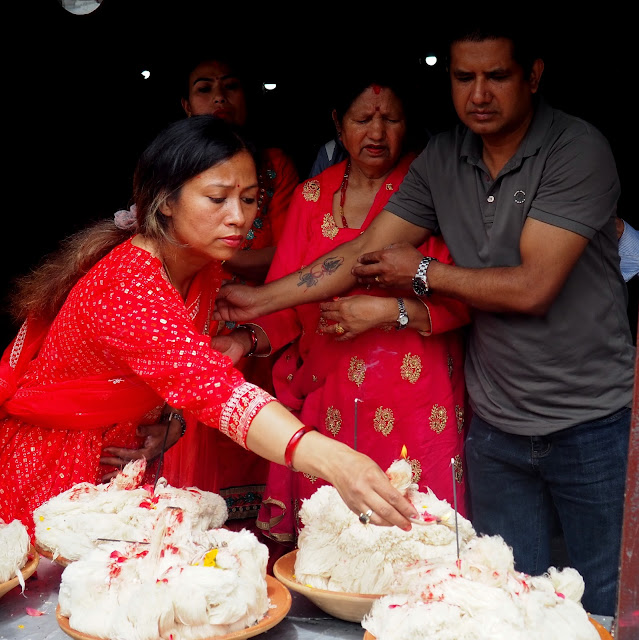
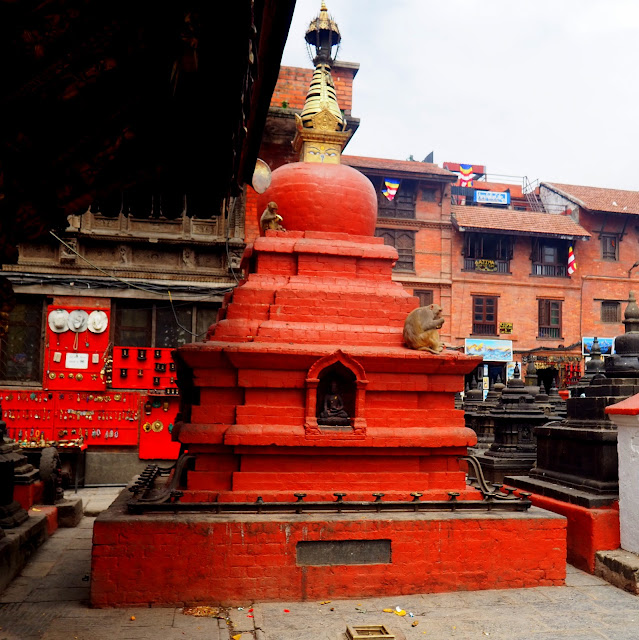



No comments:
Post a Comment